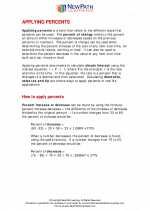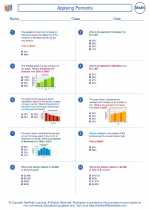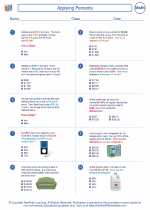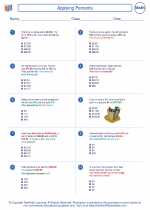Alternate Segment Theorem
The alternate segment theorem is a principle in geometry that states that the angle between a tangent and a chord at the point of contact is equal to the angle in the alternate segment.
Statement of the Theorem
Let's consider a circle with center O, a point P on the circle, and a tangent line from point P intersecting the circle at point A. If we draw a chord from point P to intersect the circle at point B, the angle between the tangent line and the chord at point A is equal to the angle subtended by the chord in the alternate segment, which is angle ACB (where C is the point of intersection between the chord and the circle).
Symbolic Representation
Mathematically, the theorem can be represented as:
∠APB = ∠ACB
Application of the Theorem
The alternate segment theorem is often used to solve problems involving angles in circles, especially when tangents and chords are present. It helps in determining unknown angles and relationships between different parts of the circle.
Study Guide
To understand and apply the alternate segment theorem effectively, it's important to follow these steps:
- Draw a clear diagram representing the circle, the tangent, and the chord.
- Identify the point of contact between the tangent and the circle, as well as the points where the chord intersects the circle.
- Understand that the angle between the tangent and the chord at the point of contact is equal to the angle in the alternate segment.
- Use the theorem to set up and solve equations involving angles in the circle.
- Practice applying the theorem to various circle geometry problems to strengthen your understanding.
By following these steps and practicing problems related to the alternate segment theorem, you can gain a solid grasp of this important geometric principle.
.◂Math Worksheets and Study Guides Seventh Grade. Applying Percents

 Worksheet/Answer key
Worksheet/Answer key
 Worksheet/Answer key
Worksheet/Answer key
 Worksheet/Answer key
Worksheet/Answer key
